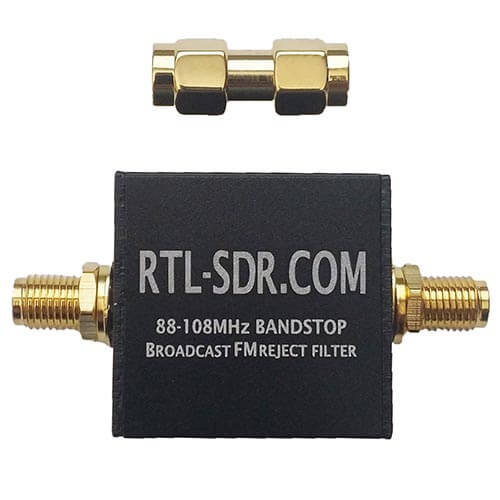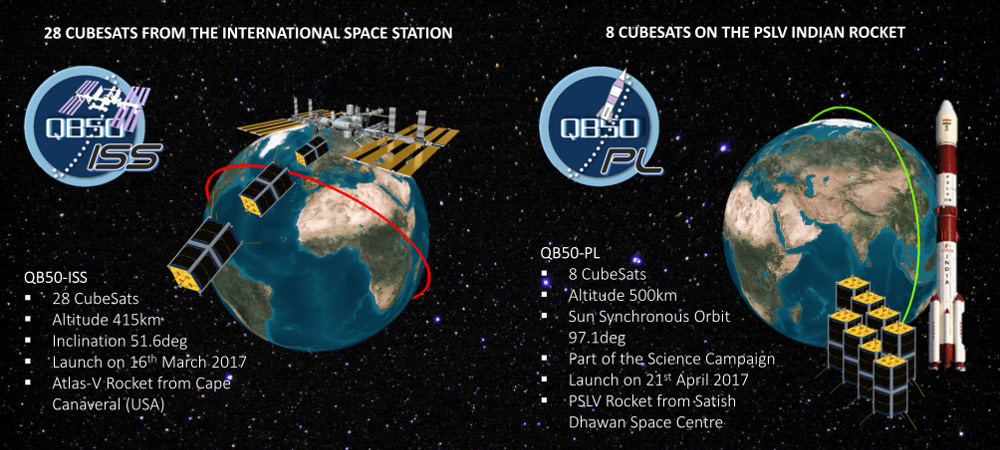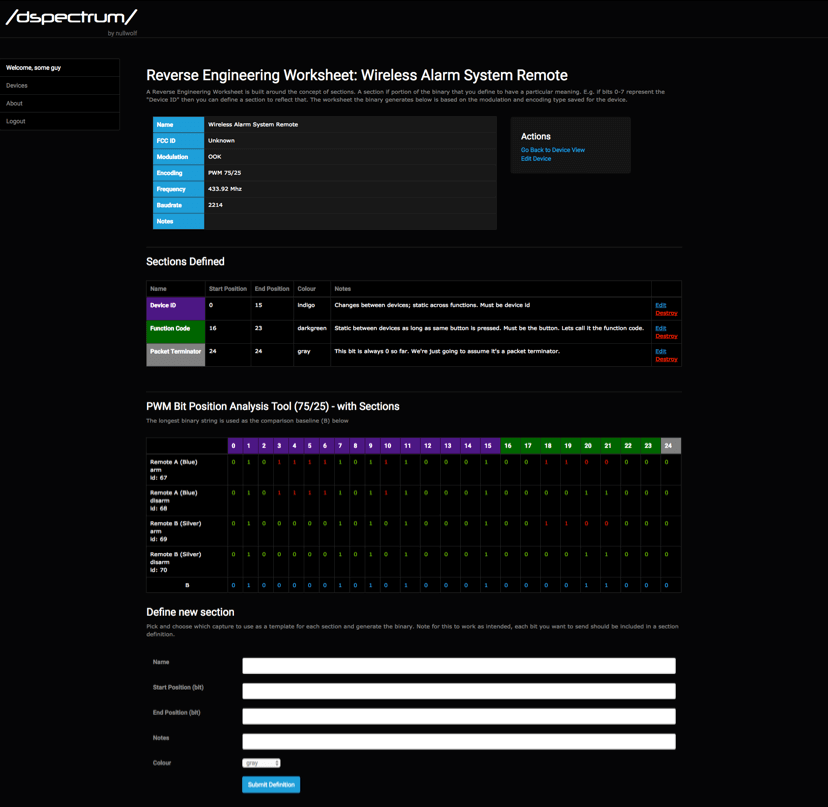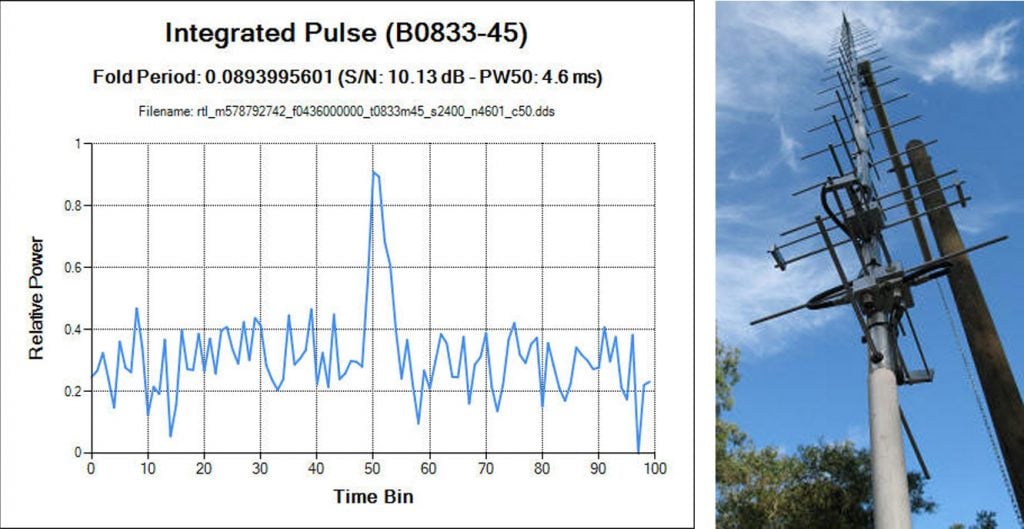Thanks to PY2RAF for writing in and sharing some tests that he did on our RTL-SDR Blog BCFM bandstop filter. The RTL-SDR Blog filters were designed for RX purposes only, and no provisions were made for TX with only small SMD components being used. However PY2RAF wanted to test to see if the filter could at least handle 5W. The gist of his results is that the filter seems to handle 5W just fine, but as a precaution we wouldn’t recommend that anyone do this unless you really know what you are doing!
As he does not have a blog, we present PY2RAF’s write up here:
Introduction
I am a Ham Radio Operator (PY2RAF), live in a metropolitan and very RF-polluted area.
Recently, I bought a handheld device and was back to the ether, after a 12-year hiatus. I assembled myself a 3-band quarter-wave “cat whisker” antenna for 144, 220 and 430 MHz (https://rf01.co/q/antena.jpg), calibrated it using a VNA and was quickly back up in the air.
Despite great and complimentary reports of good audio and transmission reports, my reception was sub-par: Lots of interference (QRM), static, squelch closing despite high S-bar signal.
I got intrigued by that, it just did not make sense: Had the VX-8 large mouth but bad ears? After a couple of days puzzled, I got a good idea: Put my RTL-SDR.com filter in the antenna.
The result was great: It immediately reduced the idle band noise from 6-7 S-bars to 3-4 S-bars. The squelched interrupted audio also stopped happening.
So, I could conclude that the strong FM BC band was overloading the receiving stage of the radio. Culprit found.
However, it brought another problem: the filter is NOT designed to cope with TX power (it is actually expressly stated at the product description page). However, the enhancement was just too good and I reached Carl asking about TX support or tests. Carl explained me that while the filter was not designed with TX power in mind, it withstand some minor current, because it supports Bias Tee currents.
I took it as a ‘good enough, I’ll test it’. See the results below.
Material
The Device Under Test (DUT) is a RTL-SDR.com FM Bandstop Filter. The transceiver is a Yaesu VX-8DR. I used a PocketVNA Vector Network Analyzer for checking the filter S21 characteristics and antenna S11 VSWR and impedance figures. The realtime VSWR and TX power were monitored by a Diamond SX-200. I also used a Rtl-SDR.com SDR dongle and GQRX software to check for any transmission distortion. The radiant system (antenna) is a homebrew 3-band multiple dipole antenna, with VSWR < 1:1.3 in frequencies under test.
Method
Prior to any transmission, I put the DUT in the VNA and noted its frequency and attenuation figures.
Next step, assembled the test environment:
Transceiver – wattmeter – DUT – antenna.
I did then the first test: set the radio to its lowest power (0.05 W) and transmitted in frequency 144.320 MHz. I have also tuned the SDR dongle in the same frequency and watched the waterfall pattern, while listening for the resulting audio. Then, repeated the very same test now adding the DUT before the antenna. The waterfall signature and the audio quality was pretty much the same and coherent. Transmitted for approx. 30 seconds using the Filter.
In the next step, I repeated the tests raising the TX power to 1W and 2.5W. I requested feedback from a fellow Ham operator and got report that the audio quality was pretty much the same with and without the filter, with no changes in RX S-units figures. It means, it did not distort the audio nor put significant attenuation into the signal.
The next test was the real world conditions test. I switched to the repeater 146.910 MHz, negative shift (actual TX 146.310, https://goo.gl/maps/45cUY58yot52). This repeater is located circa 100 KM north from my residence. After introducing myself to the repeater and stating the device test, I started transmitting first with a single watt: successfully hit the repeater. After around 7 comms averaging around 2 minutes, I asked for feedback with and without the filter: The reports that I have heard were of no change in the quality or fidelity of the transmission. The SWR was being continuously monitored by the Diamond SX-200, paying attention for any component disruption and sudden SWR raise: The operation was just normal. The filter also did not present any temperature change noticeable by touch.
Finally, I raised the TX power to 5W and requested report. I did a 1’30” TX and got report of normal transmission.
Results
This test validated, to me, the useful and robustness of the bandstop filter in my antenna as a permanent solution: It did not change the SWR figure, produced heating, noticeable attenuation or signal distortion: It became, since then, a permanent item between my radio and the antenna.
After the tests, I ran another round of DUT tests in VNA and the attenuation of the filter were the same as original: Working the way it should be.
Next day, I joined the repeater net again and spent around two hours ragchewing in the radio, accumulating something around 25 minutes of TX. Nothing wrong was noticed.
A Final Note
It is important to register that the DUT is working in a nicely matched (VSWR < 1:1.5) antenna system. Unmatched or higher VSWR figures can result in higher voltage, enough to break down the isolation. High-Q antenna systems might also present the same issue.





